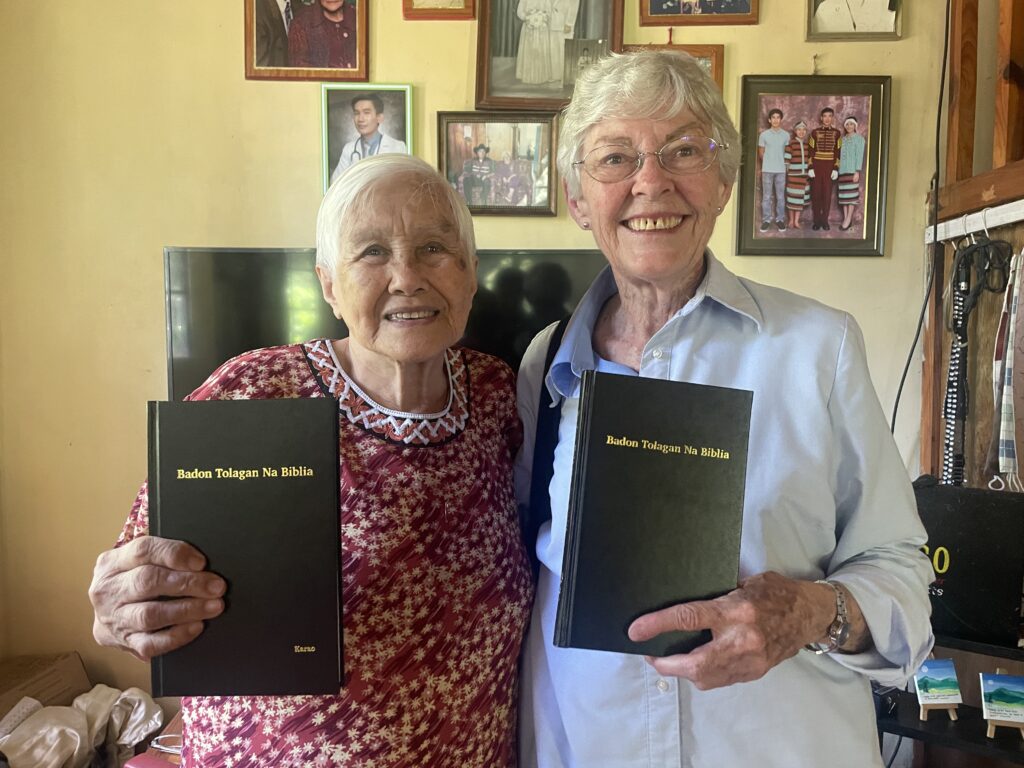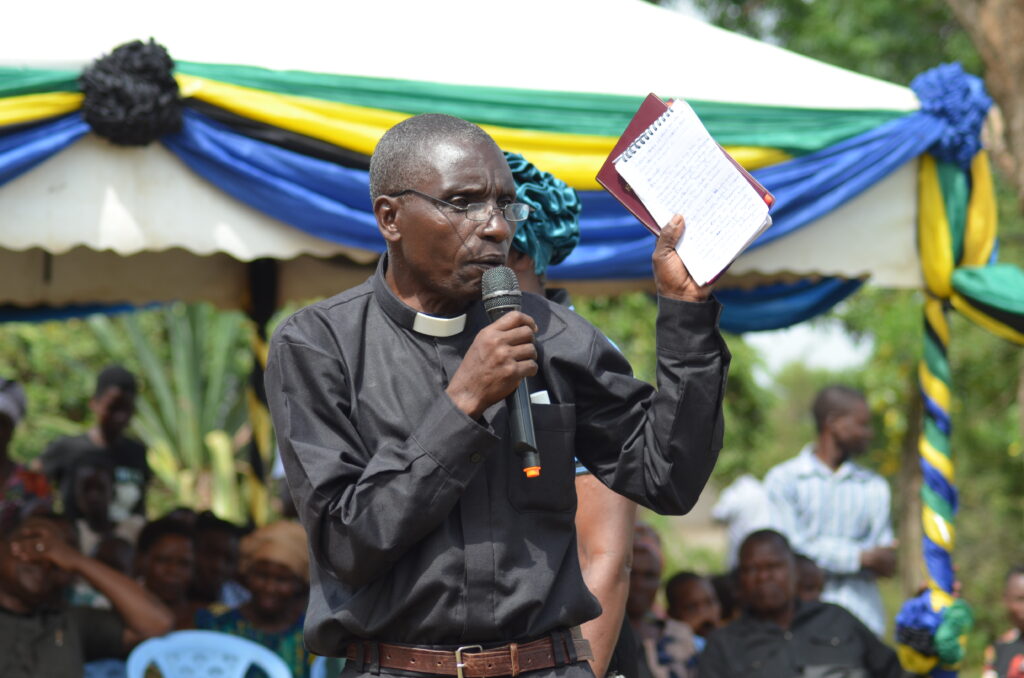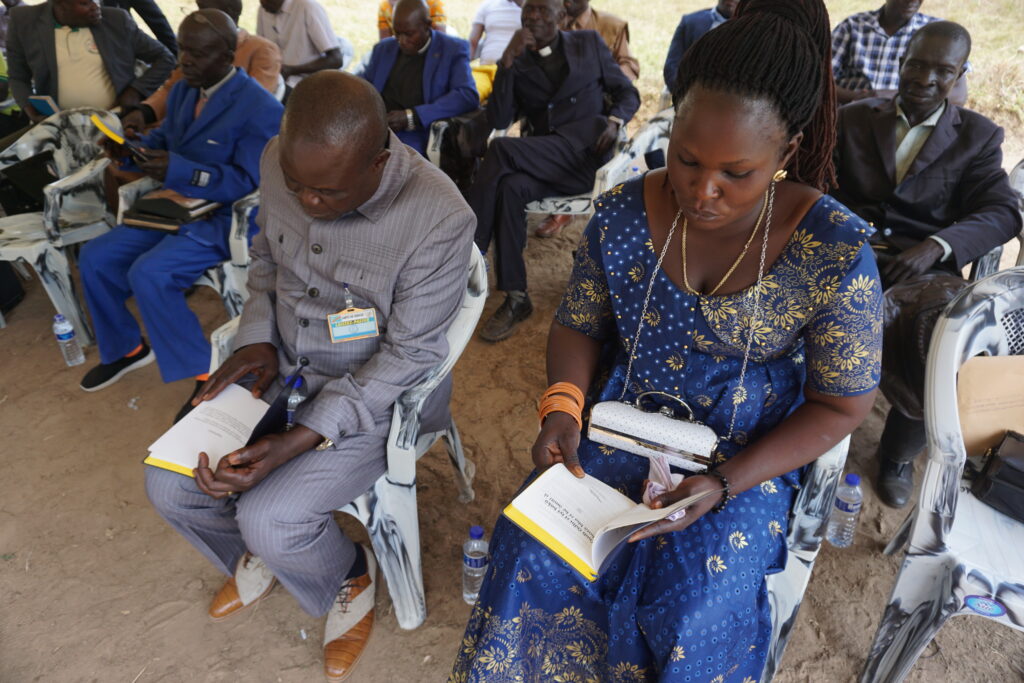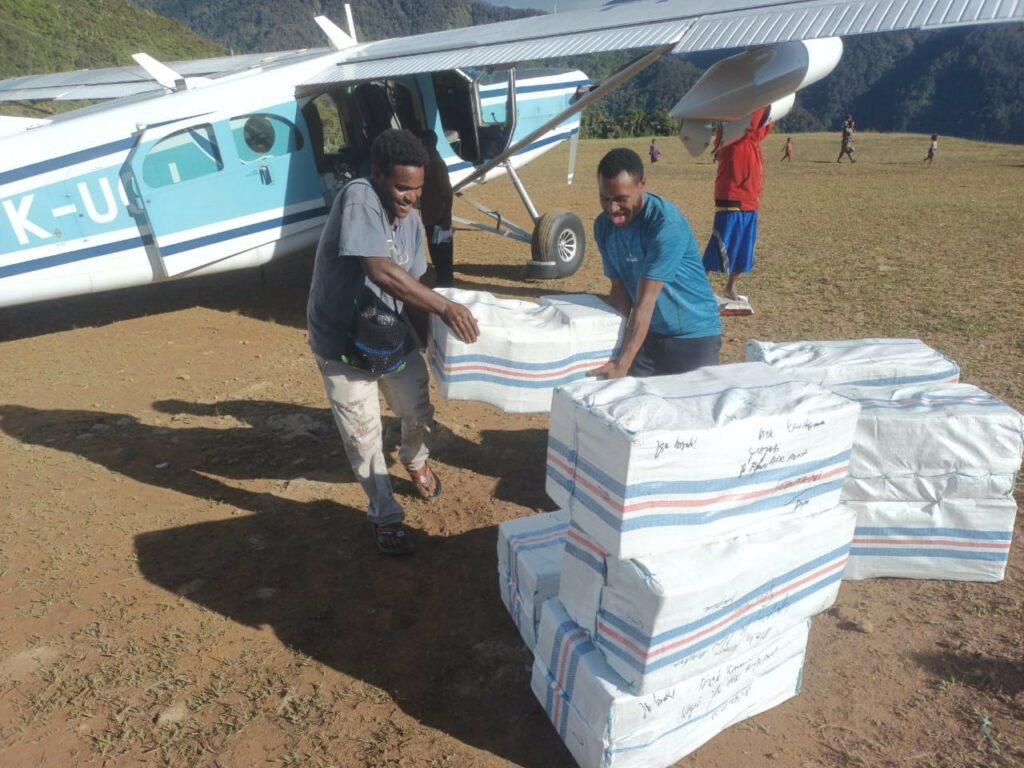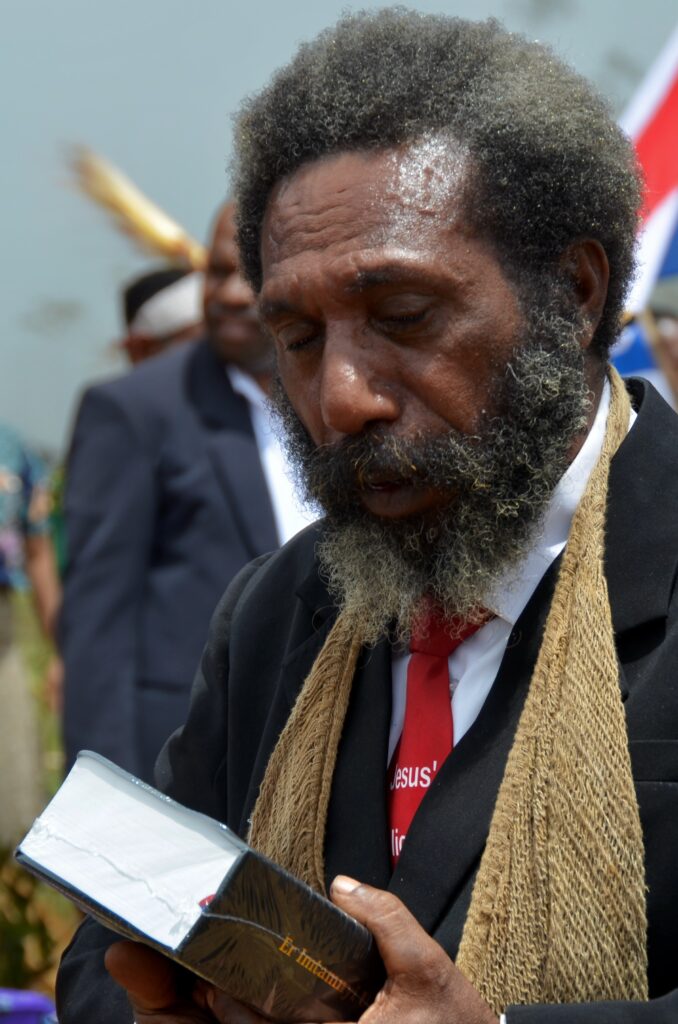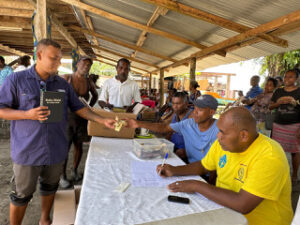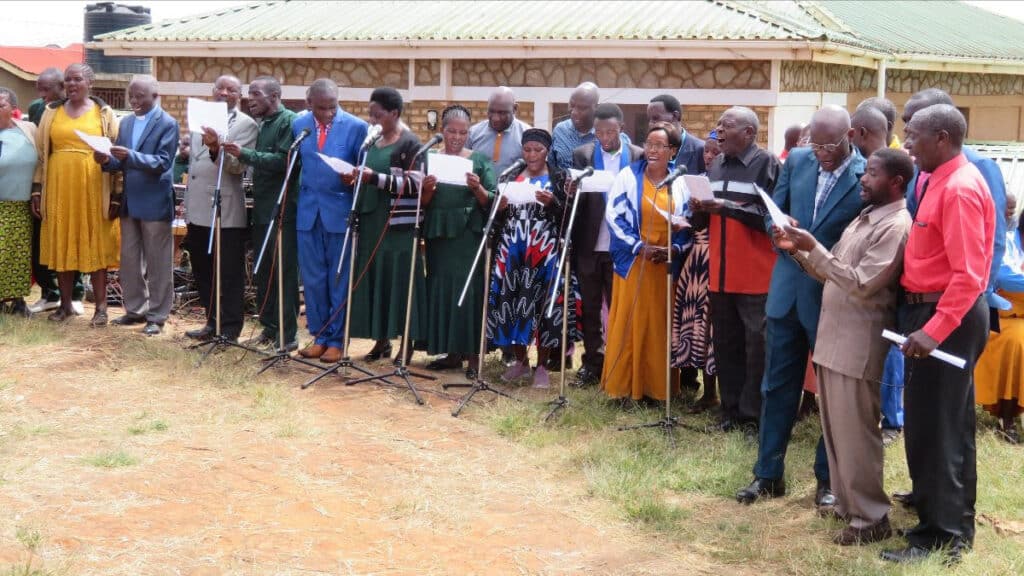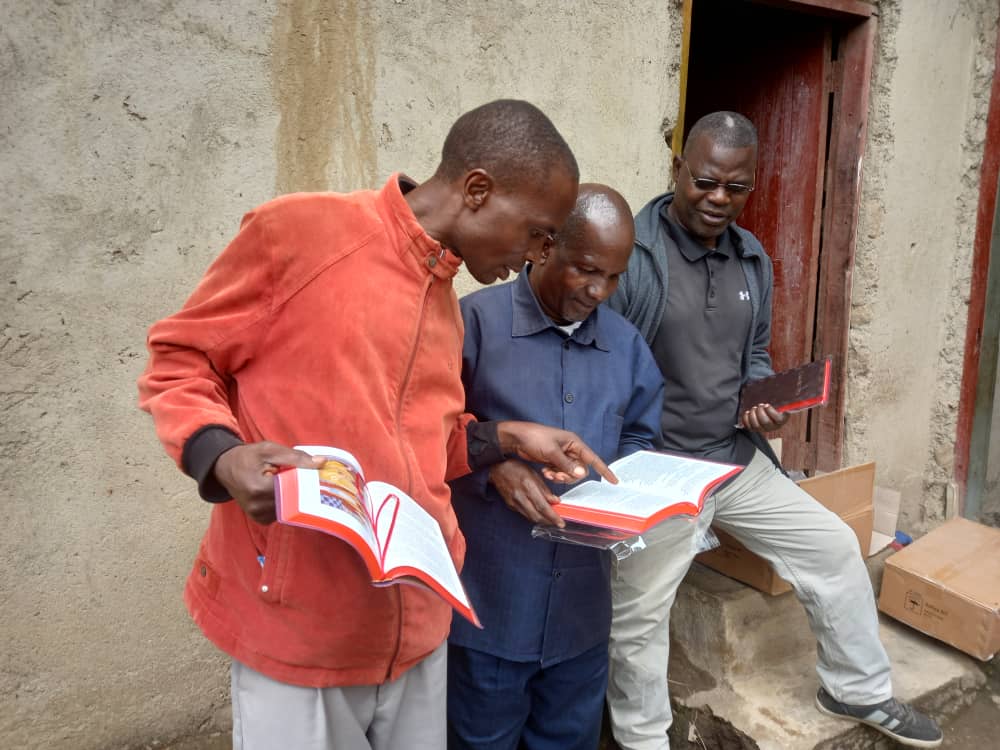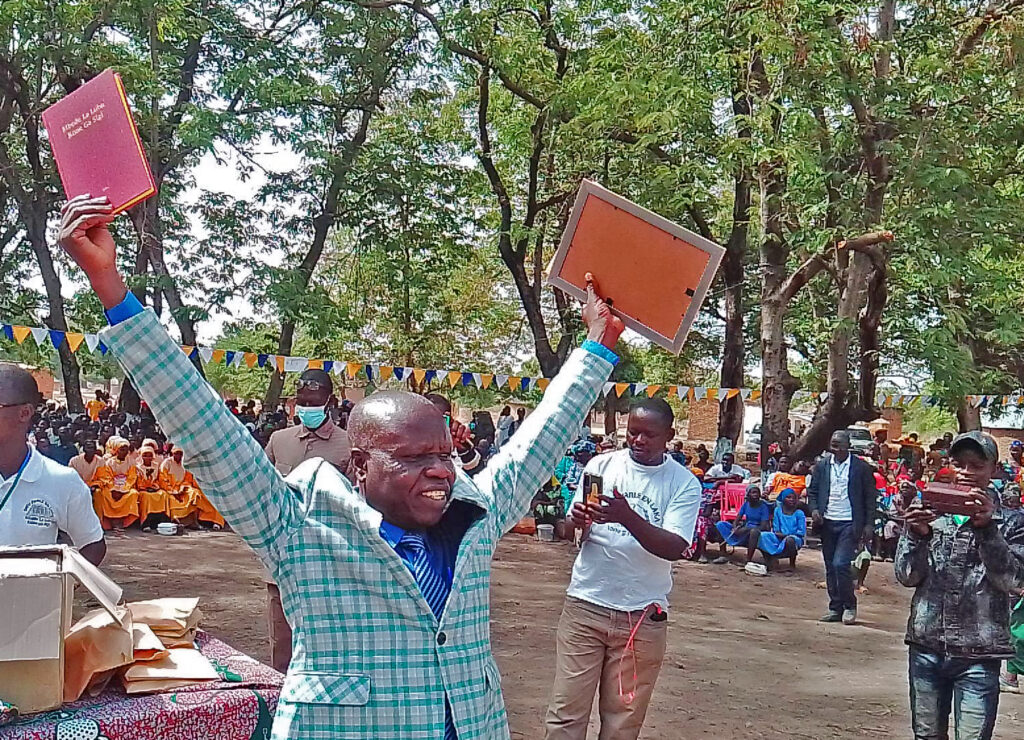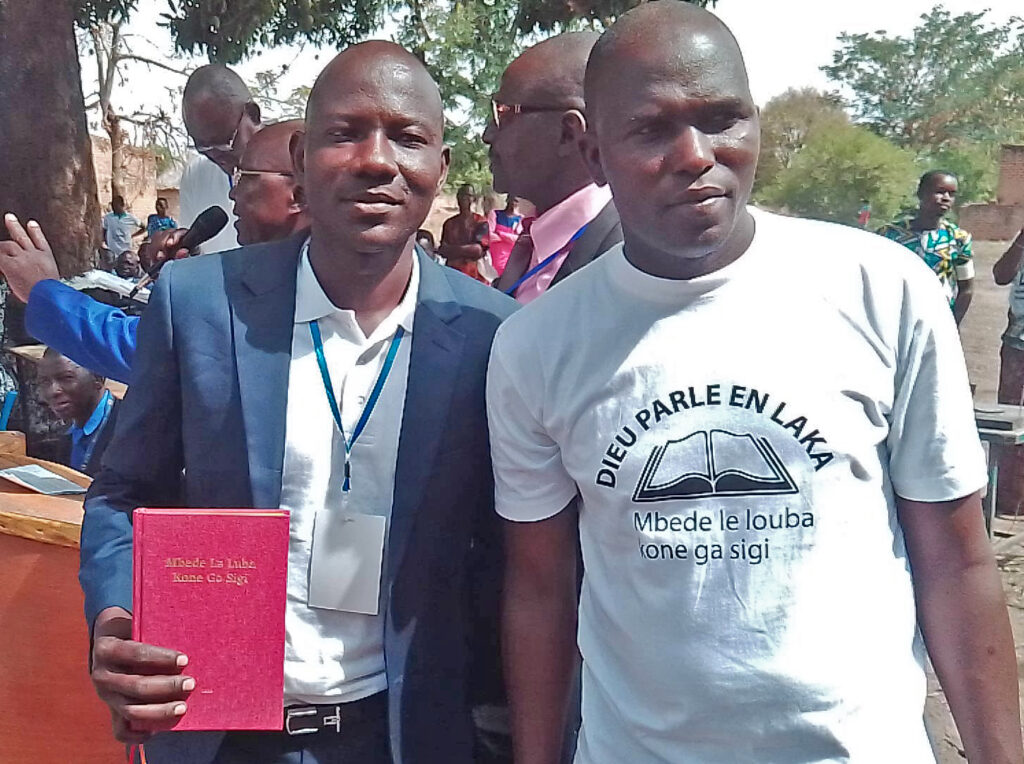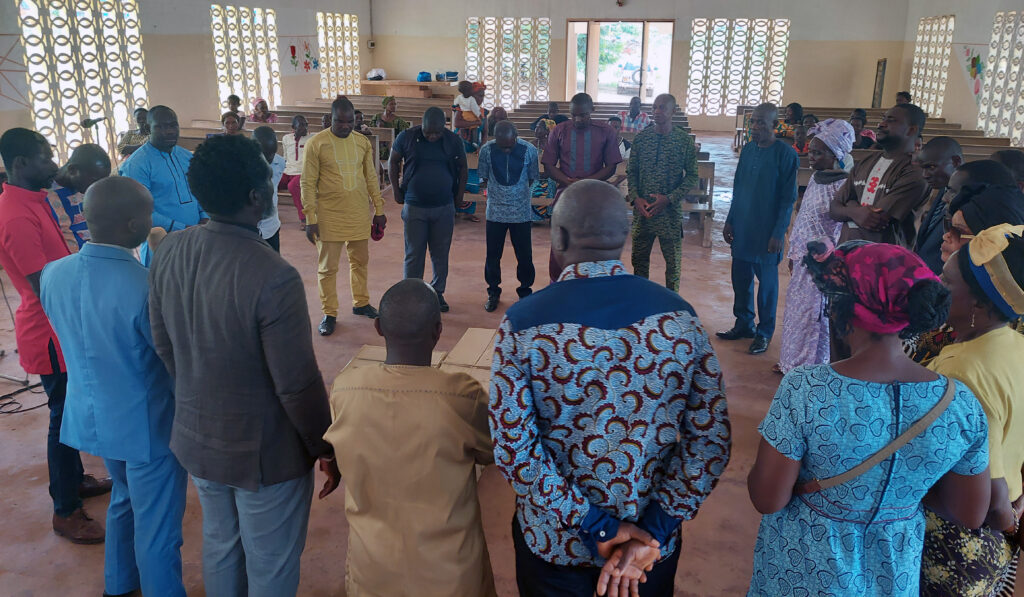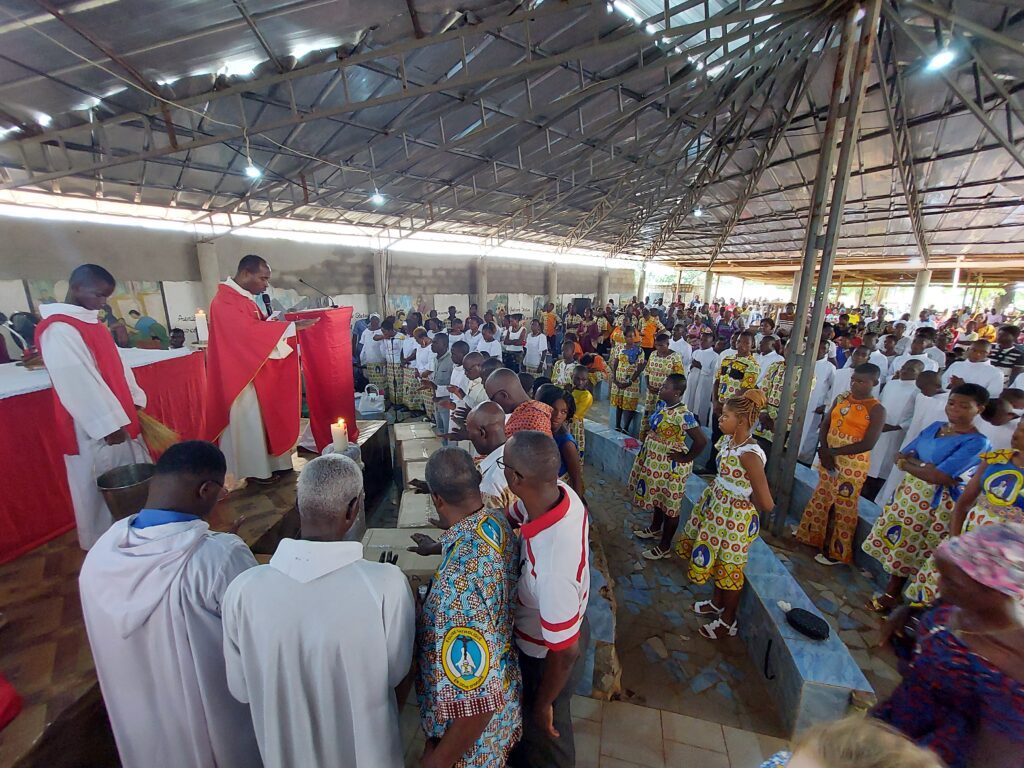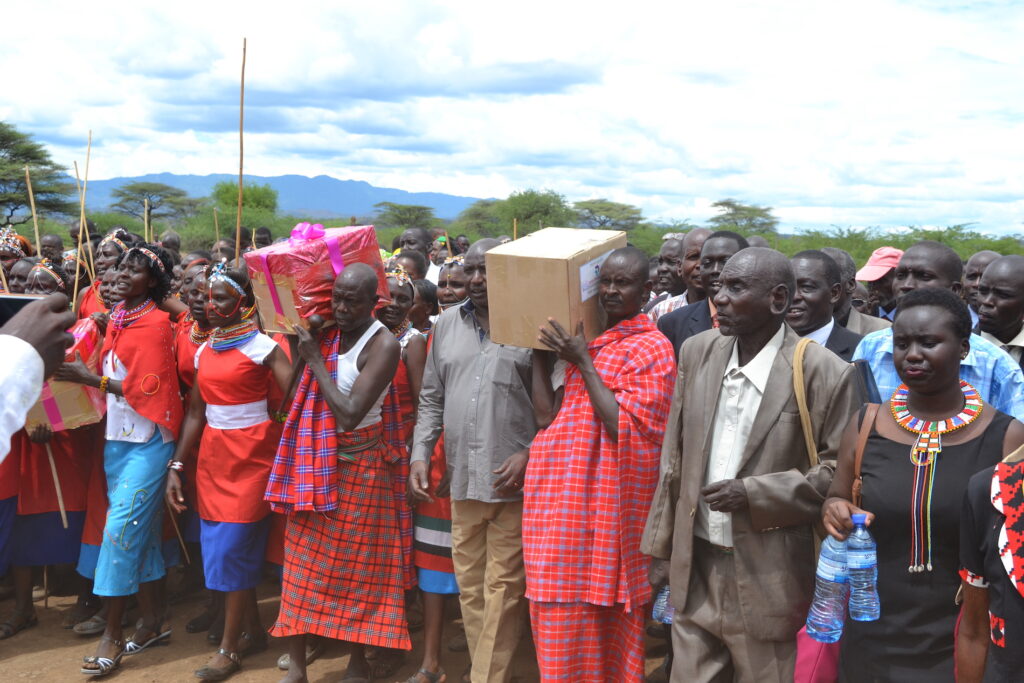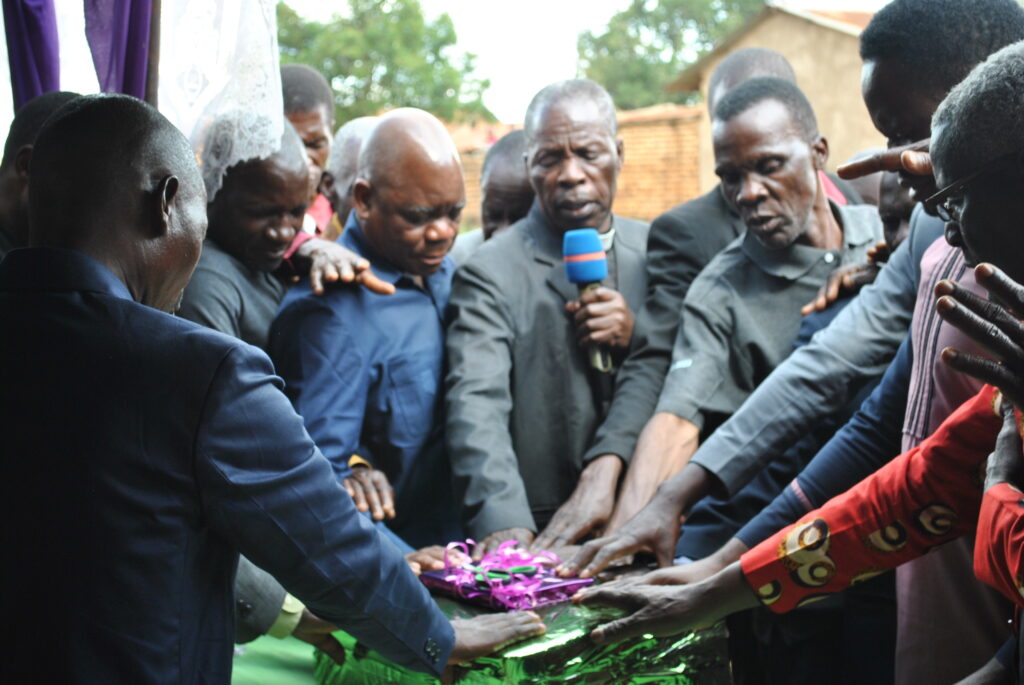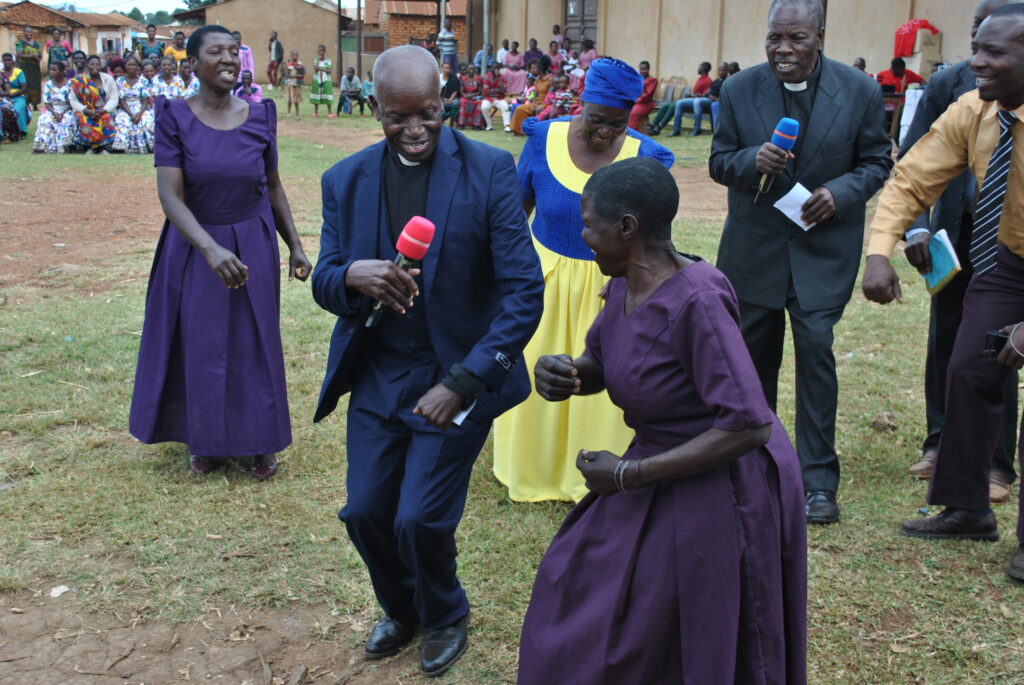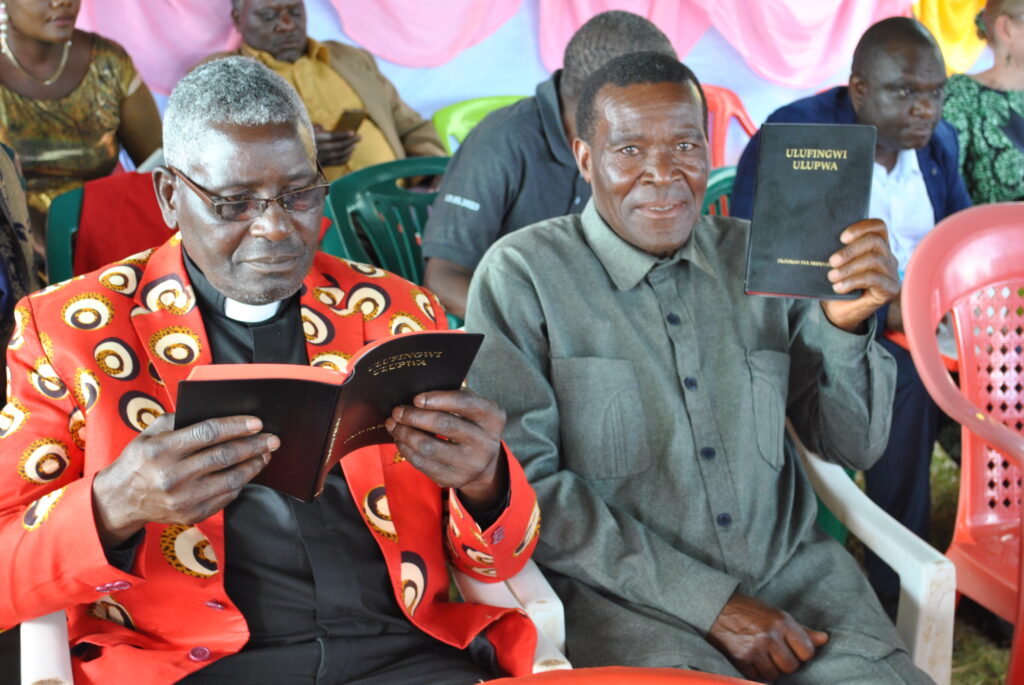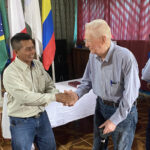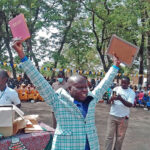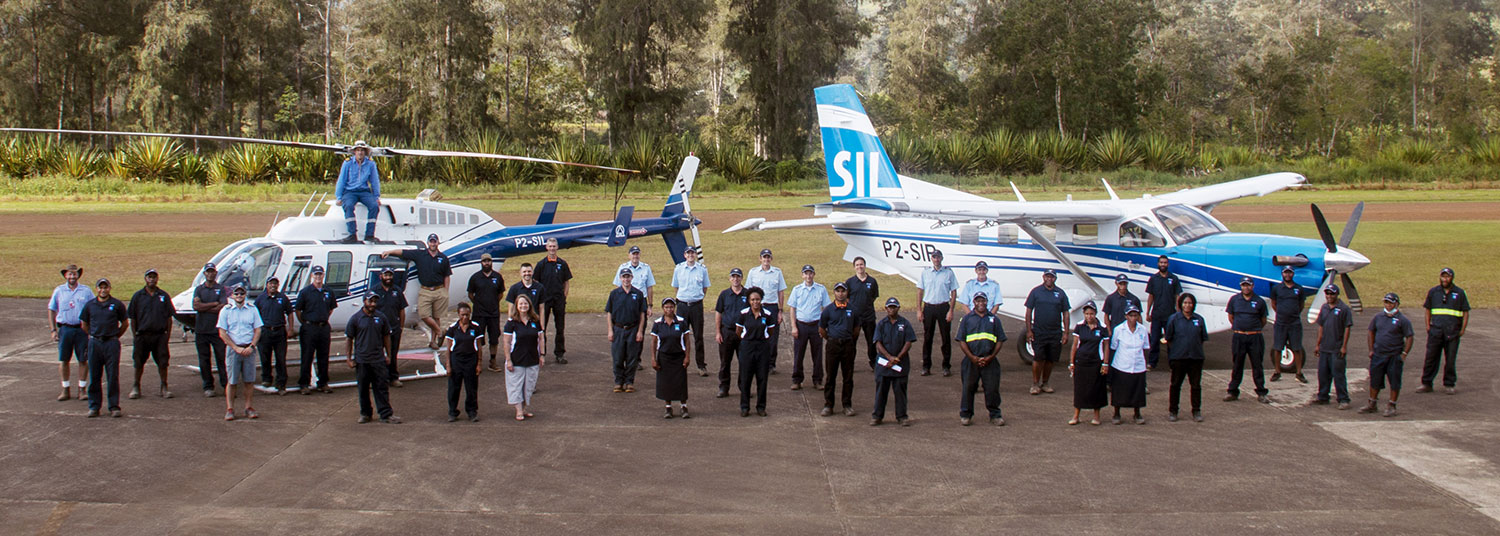Foundations Tested
In 2001 my wife, Becky, and I helped paint an airplane in the Philippines.
While there, we ran into several teens she had taught in first grade, including Jared. To her dismay, all Jared seemed to recall from that foundational year was standing with his nose pressed into a circle on the chalkboard. It had not been a reprimand but an experience he himself had requested after hearing Becky’s childhood stories of punishments her teachers had inflicted on students. Obviously, the chalk circle had made an impression. Even though Jared couldn’t actually remember being taught the important foundations of reading, writing, and arithmetic, he nevertheless had used them daily and effectively since first grade.
For the past 21 years I’ve been teaching the basics of aviation, hoping to impart a solid foundation that will serve students well throughout their aviation careers. The school where I currently teach—the School of Missionary Aviation Technology—believes strongly in the primacy of learning: what is taught first must be correct, as it creates a strong, lasting impression that is hard to erase.
One of the more important topics we teach concerns in-flight emergencies. We describe different types and what can go wrong and why. Then we teach procedures to employ when faced with one. We review emergency procedures before every takeoff, and we practice them often so the correct response becomes second nature.
Last month, one of our flight instructors was teaching a student emergency procedures in a Cessna 206. After performing several emergency patterns, the student was just about to level off when the engine quit. The instructor quickly took control of the airplane, turned back toward the runway, and together they went through standard emergency procedures. The engine then came back to life, but power wasn’t needed as they were positioned to glide in for a landing. The engine was running poorly, however, and quit again after they had cleared the runway.
This was the first actual engine failure for both student and instructor. Hopefully it will also be their last. Because they knew the procedures well and immediately implemented them, power was restored. They turned the auxiliary fuel pump on, which provided the fuel necessary to keep the engine running. They didn’t need to determine which component of the engine had failed before executing their procedures; they just did what they’d been taught.
Further investigation determined the cause of the failure to be the engine-driven fuel pump, which had seized. The shaft had sheered as it was designed to do when the pump seizes. (See photo.)

As a student I had trained for situations like this. As an instructor, I had taught countless students what to do in the event of an engine-driven fuel pump failure, but this was the first one I’d even heard of. Because it’s so rare, I wanted to learn more about how the engine runs at various power settings with just the three-speed auxiliary fuel pump. So before the fuel pump was removed, I ran the engine on the ground and found that at low-power settings the auxiliary fuel pump provided too much fuel to the engine, making the mixture too rich and causing the engine to quit. Further investigation showed the auxiliary pump had been set up incorrectly at some point in the past, providing too much fuel to the engine. To keep the engine running at low power, the mixture control needed to be aggressively leaned. Proper adjustments were made prior to returning the aircraft to service. These insights will be documented and shared for the benefit of the greater mission aviation community.
Engine failures don’t always turn out this well. We recognize God’s hand in a safe landing, and we also see how strong foundations led to proper, immediate responses. Even though educational experiences may result in vivid memories like Jared’s, we trust that first lessons carefully taught and learned thoroughly, will serve our pilots well and bring glory to God.










